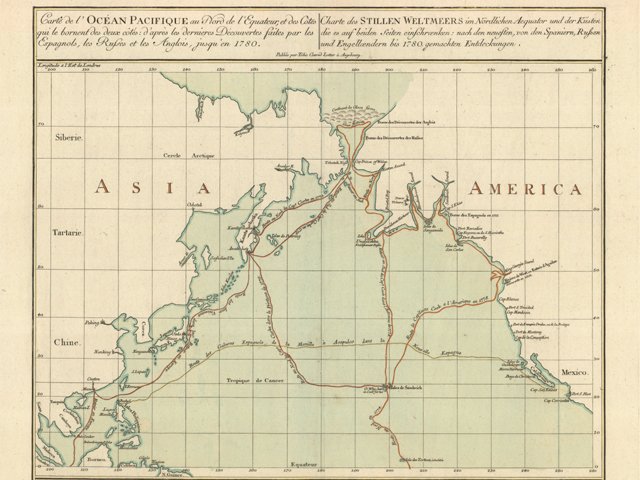“𝗔 𝗯𝗮𝗱 𝗺𝗮𝗽 𝗶𝘀 𝘄𝗼𝗿𝘀𝗲 𝘁𝗵𝗮𝗻 𝗻𝗼 𝗺𝗮𝗽 𝗮𝘁 𝗮𝗹𝗹.”
I came across this quote in 𝘞𝘪𝘥𝘦, 𝘞𝘪𝘥𝘦 𝘚𝘦𝘢, Hampton Sides remarkable account of Captain James Cook’s multi-year search for a passage across the North American continent. He lost days following a Russian map that, among other things, indicated Alaska was an island.
The quote brought me back to that frustration of feeling lost on some wooded hiking trail when a crudely drawn map didn’t match reality. Or driving on back-country roads (pre-GPS) when someone had scribbled directions on an envelope.
I’ve often referenced George Box: “All models are wrong, but some are useful.” Cook reminds us that some are not.
𝘛𝘩𝘦 𝘮𝘢𝘱 𝘪𝘴 𝘯𝘰𝘵 𝘵𝘩𝘦 𝘵𝘦𝘳𝘳𝘪𝘵𝘰𝘳𝘺, 𝘢𝘯𝘥 𝘢 𝘱𝘰𝘰𝘳𝘭𝘺 𝘥𝘳𝘢𝘸𝘯 𝘮𝘢𝘱 𝘤𝘢𝘯 𝘤𝘰𝘯𝘧𝘰𝘶𝘯𝘥 𝘭𝘪𝘬𝘦 𝘢𝘭𝘮𝘰𝘴𝘵 𝘯𝘰𝘵𝘩𝘪𝘯𝘨 𝘦𝘭𝘴𝘦.
Right now, we live with an abundance of poorly drawn maps. They come from societal pressure to join races to nowhere and from well-intentioned dot-connectors who disregard sound science. They come from map-makers with perverse incentives to get you to follow a path and from politicians who spend their days lighting maps on fire they wish weren’t true.
These bad maps invade our lives as citizens, parents, consumers, and overall seekers of meaning. Social media propagates them.
As individuals and as a society, we need to become expert at calling out the bad maps. They’re tearing us apart and leading us into knowledge cul de sacs.
After all: “A bad map is worse than no map at all.”
